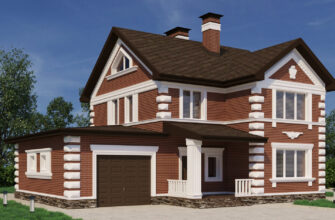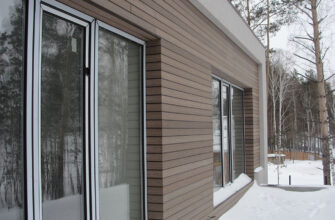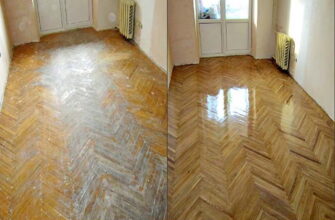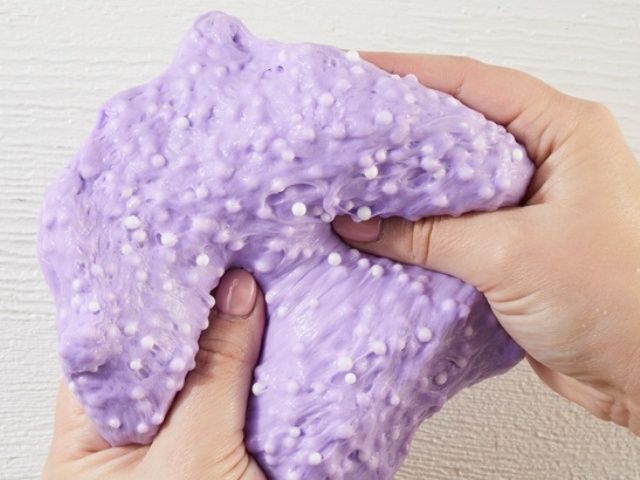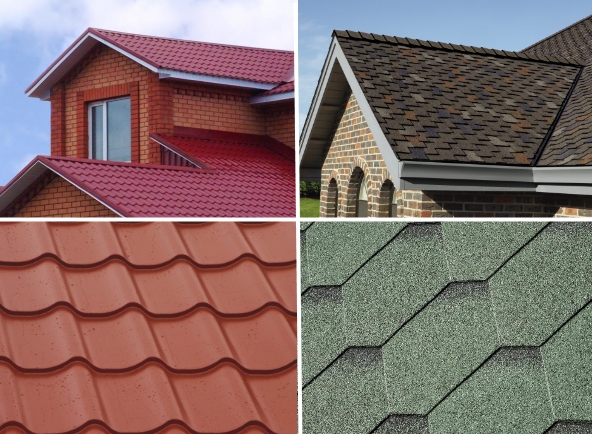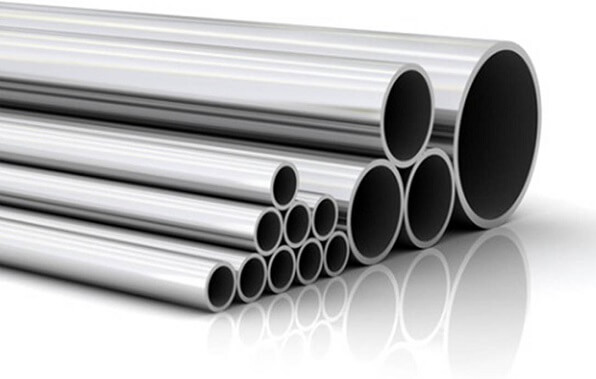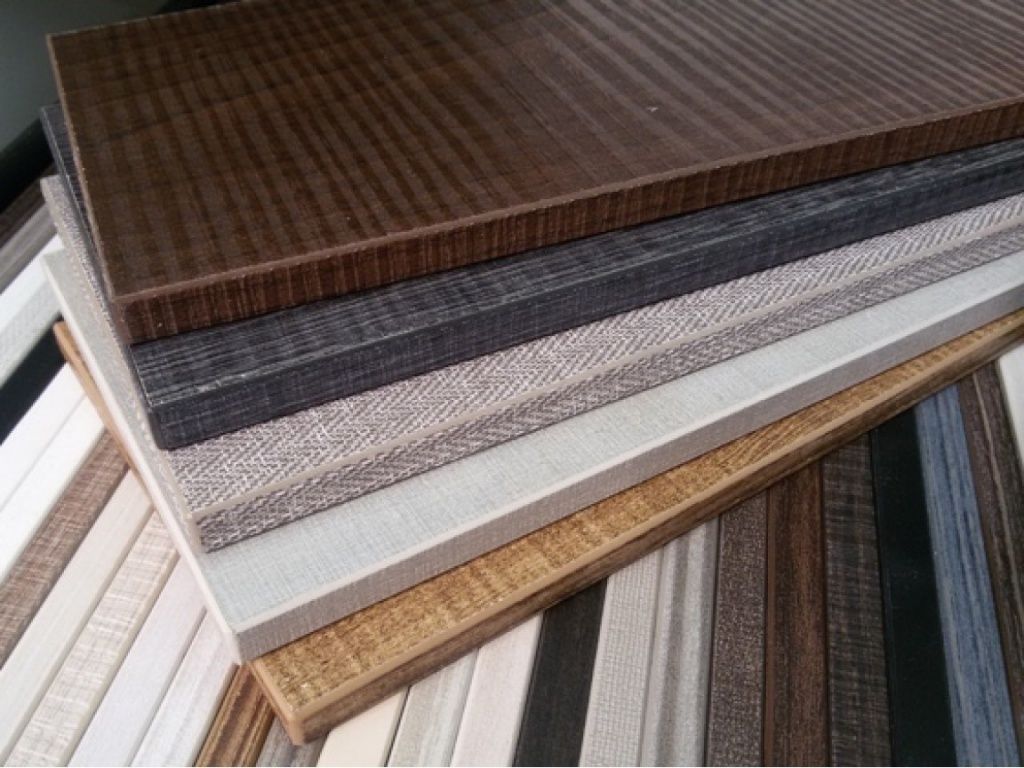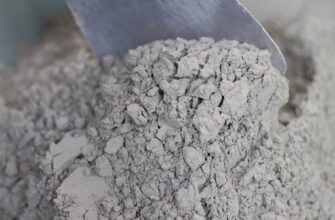Construction work is costly. Not surprising, that the balance between the economic benefits of building and renovating buildings with reliability and quality requires modern innovative solutions. And so it became synthetic and polypropylene fiber.
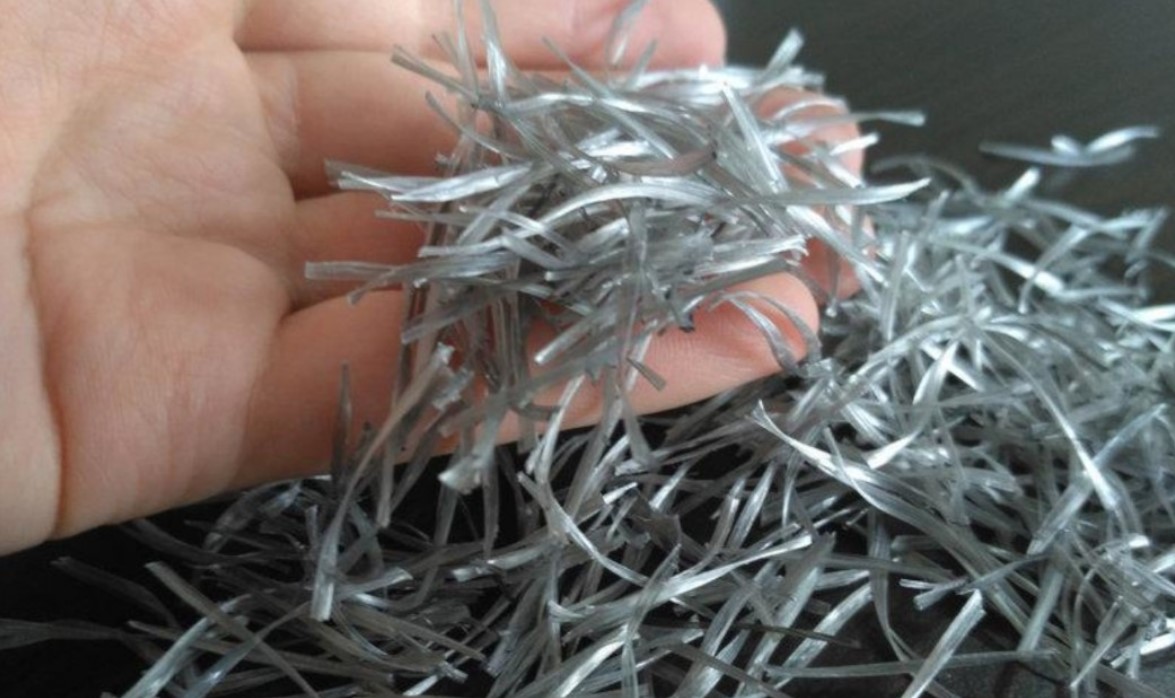
Benefits
Synthetic fiber is usually opposed to metal. The first is more practical due to lower consumption: on 1 cubic meter of concrete is spent up to 3 kg of synthetic fiber, while metal will require a minimum 20, or even all 40 kg. The second indisputable factor, making synthetic material more profitable, is the absence of blockage of concrete mixers and rapid wear of tools during the laying of the mixture.
The variability of the length of synthetic fibers makes it possible to find the optimal solution for a specific type of building or specific work. And the laying of such a mixture is not accompanied by subsidence or surfacing of the reinforcing component., which is often present when working with metal ingredients.
Working with reinforcing meshes requires certain knowledge and skills.. Polypropylene fiber, conversely, accelerates the process of building construction. It can be added at any stage of the mix creation., quickly and evenly distributed in it, without creating lumps and irregularities. Special equipment, as for the grid, also not required.
Application methods
Synthetic and polypropylene fibers are applicable in any construction task: from bridges and high-rise residential buildings to commercial real estate and private housing construction. And the type of concrete solution does not matter. At the same time, it is easier to work with polypropylene and synthetic fibers., which certainly affects both the speed of work, and on their cost.
This fiber is used for:
- industrial coatings;
- floor screeds;
- creation of open areas;
- pouring piles and foundations;
- making slabs, concrete cell blocks and decorative concrete;
- repair mortars and plaster.
Purpose of application:
- preventing cracks and bends during shrinkage;
- proactively counter chemicals, hitting the surface;
- active reinforcement of the screeds increases the durability of the structure, its maintenance-free operation;
- leveling concrete delamination;
- increasing frost resistance, resistance to permanent stages of thawing-freezing;
- several times improvement in the resistance of the coating to abrasion and mechanical damage;
- waterproofing concrete.
If the structure is subjected to compression, bends and mechanical pressure are indispensable without reinforcing elements. Cost-effective synthetic and polypropylene fibers significantly reduce costs, at the same time makes concrete more resistant to damage, uneven loads, external factors, such as weather conditions.
The whole complex of advantages makes polypropylene and synthetic fibers more practical than the main ones, but outdated competitors - reinforcing mesh and metal fiber.
